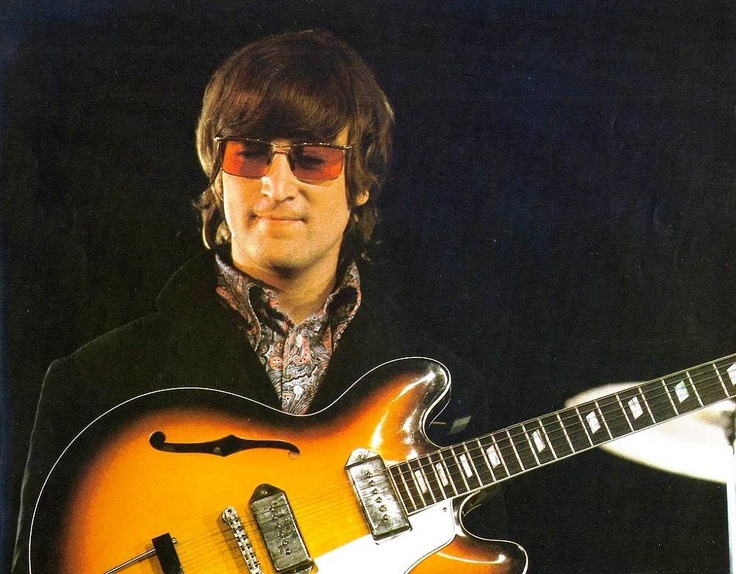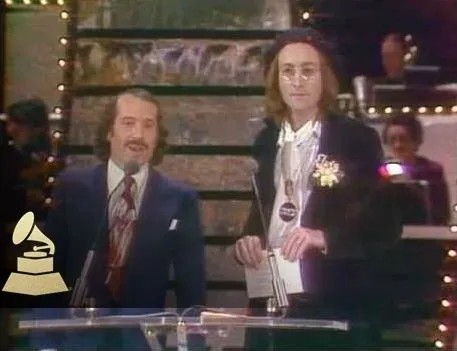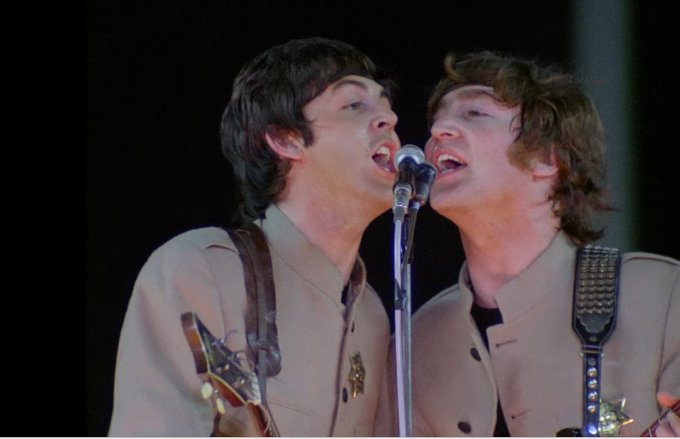In the heart of New York City, amidst the bustling streets and towering skyscrapers, lies a sanctuary of serenity and song: Central Park. It is here, among the whispering leaves and tranquil pathways, that the acoustic echoes of John Lennon continue to resonate, long after his last strum faded into silence.

John Lennon, a beacon of peace and a musical genius, found solace in the green expanse of Central Park. His presence is still palpable, especially near the Strawberry Fields memorial, an area dedicated to his memory. Visitors from around the world come to this hallowed ground, seeking a connection with the legend, hoping to capture a note of the magic that once filled the air.

The title “John Lennon’s Acoustic Echoes Across Central Park” evokes a poignant image of the artist’s influence rippling through time and space. Lennon’s music, particularly his acoustic performances, were more than just melodies; they were messages of love, hope, and humanity. His songs, like “Imagine” and “Give Peace a Chance,” have become anthems for generations, their chords echoing off the park’s landscapes, inspiring countless individuals who walk its paths.

Central Park, with its natural acoustics, serves as an amphitheater to Lennon’s enduring legacy. The gentle strumming of a guitar by an anonymous musician on a park bench can suddenly transport a passerby back to the days when Lennon himself might have been the one playing. It’s as if the park itself has become a living, breathing album, playing tracks of nostalgia and dreams of what could have been.

Lennon’s relationship with New York City was complex and profound. The city gave him the freedom to be himself, away from the frenzy of Beatlemania. In return, he gave the city a piece of his heart, which continues to beat in Central Park. The Dakota building, where he lived and tragically died, stands as a silent witness to his lasting impact on the city and its people.

The acoustic echoes of Lennon in Central Park are not just heard but felt. They are in the quiet moments of reflection by the Imagine mosaic, in the spontaneous sing-alongs that bring strangers together, and in the personal pilgrimages made by fans to pay homage to their hero. These echoes are a testament to the power of music and its ability to transcend time, connecting us to the past and to each other.

As the seasons change and the years pass, Central Park remains a timeless capsule of memories and melodies. John Lennon’s acoustic echoes continue to drift across the park, a reminder of the artist’s undying spirit and the universal messages he strummed into existence. His music, like the park itself, is a refuge, a place where the weary can rest, the dreamers can ponder, and the lovers of peace can find a kindred soul in the chords that still dance in the air.

In conclusion, John Lennon’s acoustic echoes across Central Park are more than just remnants of sound; they are the vibrations of a legacy that continues to inspire and comfort. They remind us that even in the midst of a chaotic world, there can be islands of peace and harmony, and that music, especially Lennon’s, has the power to create them.









